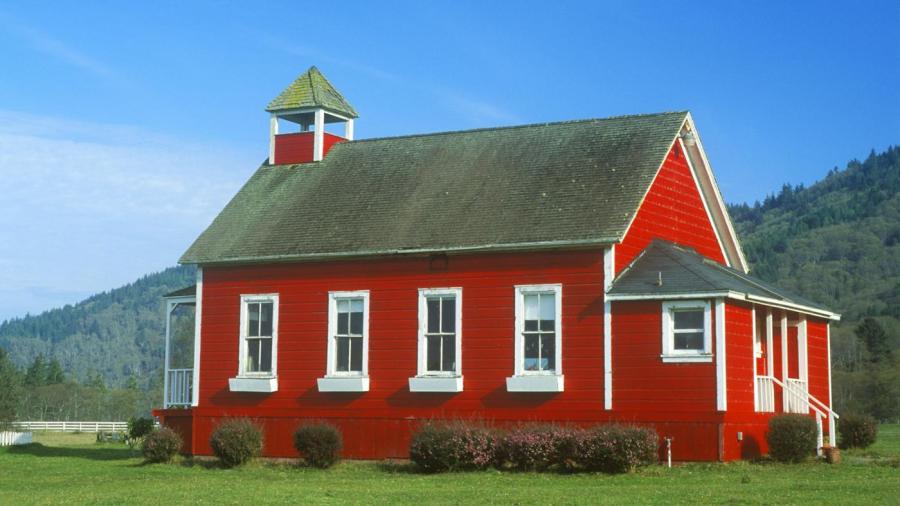How Did Education Change in the Late 1800s?

Education underwent many changes in the late 1800s, including the widespread adoption of the German kindergarten model, the establishment of trade schools and the organization of citywide boards of education to standardize schooling. School became less of a privilege for the wealthy and more of a preparatory system to introduce children of all backgrounds into society. The period also saw an explosion in the number of colleges.
In the early to mid 1800s, education was still a fairly rudimentary experience. Children of all ages were taught in a common school room, and older and more experienced students were expected to help teach the younger ones. Age grading was first introduced in the 1840s, and by the end of the century, the students in each grade had their own distinct lesson plans and were expected to learn particular skills during the school year. Textbooks were also standardized, ensuring that a sixth-grader in one region of the country learned approximately the same skills as a sixth-grader elsewhere.
The late 1800s also saw substantial growth in schools for African-American children. These were segregated schools and had facilities and materials of lesser quality compared to schools for white children, despite the “separate but equal” standard established by the U.S. Supreme Court. Booker T. Washington, a prominent educational leader during the Progressive period, pushed to establish not only technical schools but also colleges to further the education of African-American students.





